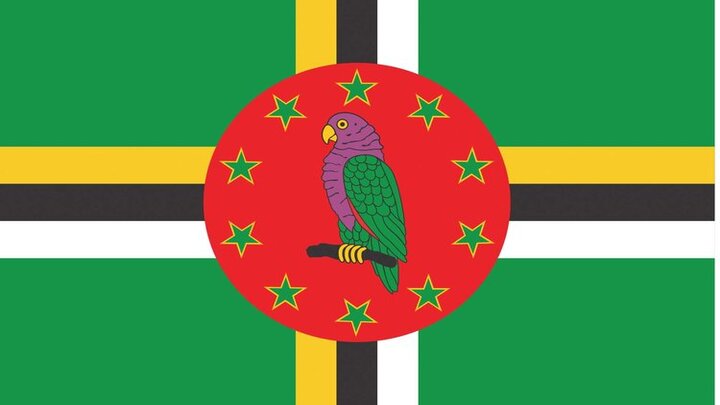Many countries use red, blue, and yellow colors on their flags. On the other hand, you would be hard-pressed to find purple on countries’ national flags.
In fact, only two countries in the world have purple on their national flags, but for a good reason. This article sheds light on countries with purple on their flags and why it is rare in other countries.
Why is purple rarely seen on national flags?
While other colors are readily available, purple dye was scarce and expensive. Back then, snail slime was the only source of purple dye, and you could only get a small amount from thousands of snails.
The process was demanding, so most countries opted for colors that were easy to find and less expensive. Moreover, flag production is done in mass.
Only a few wealthy people could afford purple fabrics. This is even one of the reasons why purple is associated with royalty.
It wasn’t until 1856 that William Henry Perkin, a student at a British university, found a way to make a synthetic purple dye.
After this breakthrough, purple became popular and was first used in flags. Today, Dominica and Nicaragua are the only two countries with purple on their flags.
Which country’s flag is purple?
Below are the two countries with purple on their flag:
1. Nicaragua

It was one of five states that formed the United Provinces of Central America before its separation in 1840. Nicaragua adopted its flag on September 4, 1908, but it did not officially go into effect until August 27, 1971.
The country’s flag was inspired by the United Provinces of Central America. The flag is a horizontal triband with sky blue at the top and bottom and a white band with the National Coat of Arms at the center.
The coat of arms consists of a triangle, a hat, five volcanoes, a rising sun, and a rainbow. The purple on the flag appears in the rainbow on the coat of arms.
The rainbow symbolizes peace, the triangle represents equality, the hat symbolizes freedom, the volcano represents the unity of the five Central American states, and the sun represents the country’s bright future.
2. Dominica

The second country whose flag is purple is Dominica. Alvin Billy created the flag in 1978, and the country began using it officially on November 3, 1978.
Since then, there have been a few revisions in 1981, 1988, and 1990. The flag has a green background with a yellow, black, and white tricolor cross in the middle.
A red disk is also at the center of the cross, a purple sisserou parrot facing the hoist side, and ten green five-pointed stars circling the parrot.
The green background is a symbol of the lush vegetation of the island. The cross symbolizes their firm belief in the Trinity and their Christian faith.
The cross colors represent the fertile soil, the country’s people, and the island’s pure water.
The 10 green five-pointed stars are the country’s 10 parishes, including St Andrew, St John, and the like.
The red disc signifies justice. The purple sisserou parrot is an endangered bird found only in Dominica with numbers around 250 – 300.
FAQs
What does purple symbolize?
The color purple is often associated with royalty or wealth.
How many countries have purple on their national flag?
Only two countries, Nicaragua and Dominica, have purple on their national flag.
Conclusion
Different countries use different colors on their national flags, but purple is rare because it used to be expensive and hard to come by.
Also, purple is a color that may not be in sync with other colors. Even Nicaragua and Dominica use purple in a little amount on their flag.
That said, many countries have red and yellow colors on their flags. You can see those countries with red and yellow flags here.
Thanks for reading.







